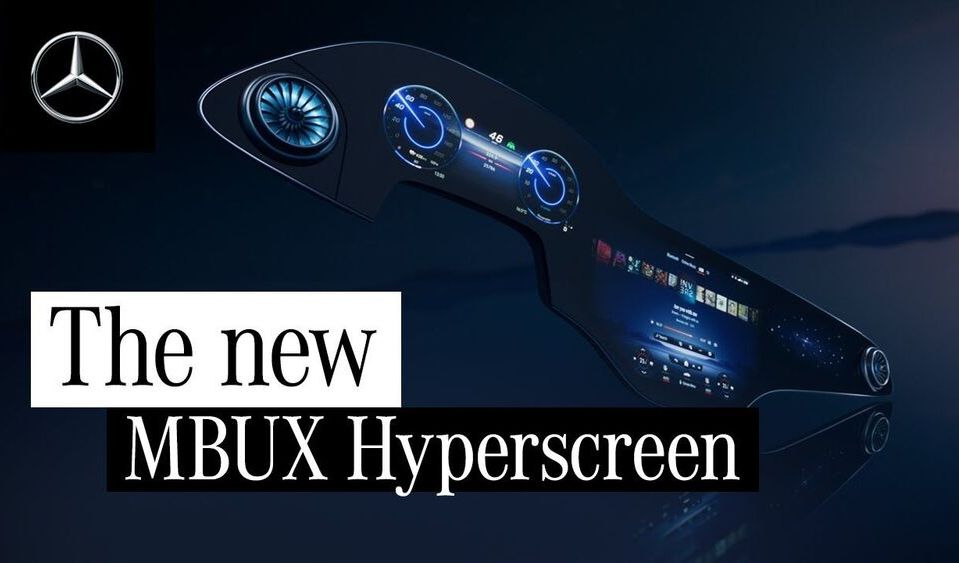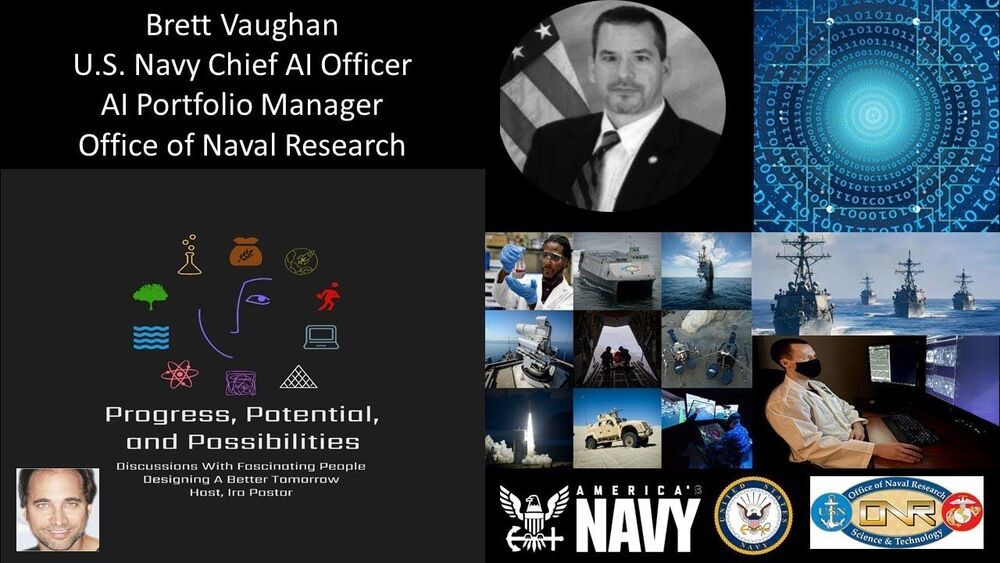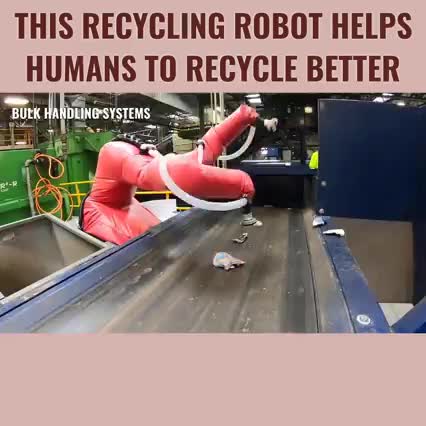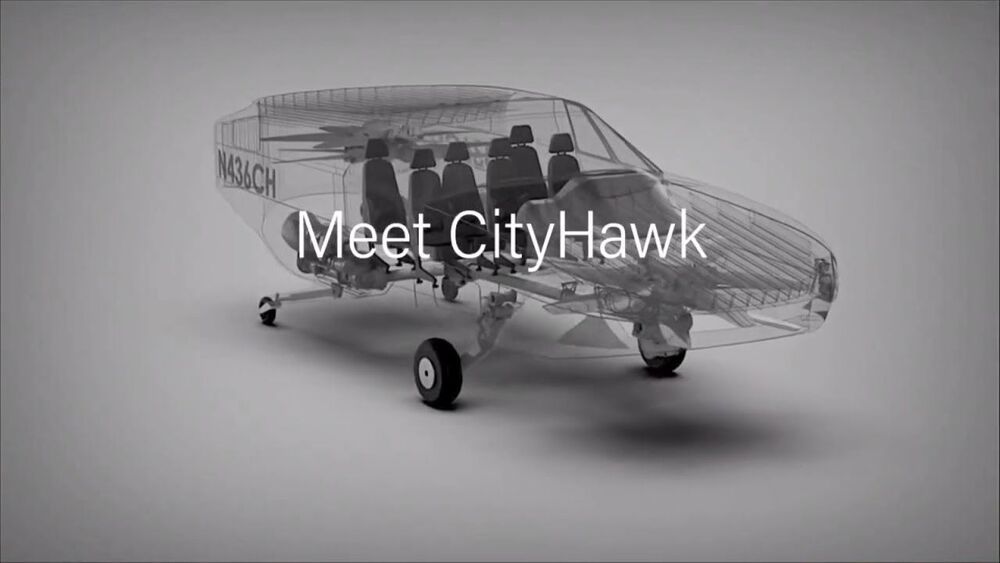Mercedes’ new AI screen is extremely wide! Check out how it could up the stakes against Tesla.


Mercedes’ new AI screen is extremely wide! Check out how it could up the stakes against Tesla.

Deep learning has come a long way since the days when it could only recognize handwritten characters on checks and envelopes. Today, deep neural networks have become a key component of many computer vision applications, from photo and video editors to medical software and self-driving cars.
Roughly fashioned after the structure of the brain, neural networks have come closer to seeing the world as humans do. But they still have a long way to go, and they make mistakes in situations where humans would never err.
These situations, generally known as adversarial examples, change the behavior of an AI model in befuddling ways. Adversarial machine learning is one of the greatest challenges of current artificial intelligence systems. They can lead to machine learning models failing in unpredictable ways or becoming vulnerable to cyberattacks.

We’re witnessing the emergence of something called “augmented creativity,” in which humans use AI to help them understand the deluge of data.
Researchers at Carnegie Mellon developed an alternate method: an AI-based approach to mining the patent and research databases for ideas that could be combined to form interesting solutions to specific problems. Their system uses analogies to help connect work from two seemingly distinct areas, which they believe makes innovation faster and a lot cheaper.
Augmented creativity
What we’re witnessing is the emergence of something called “augmented creativity,” in which humans use AI to help them understand the deluge of data. Early prototypes highlight the important role humans can, and should, play in making sense of the suggestions proposed by the AI.

But the MIT report also acknowledges that while fears of an imminent jobs apocalypse have been over-hyped, the way technology has been deployed over recent decades has polarized the economy, with growth in both white-collar work and low-paid service work at the expense of middle-tier occupations like receptionists, clerks, and assembly-line workers.
This is not an inevitable consequence of technological change, though, say the authors. The problem is that the spoils from technology-driven productivity gains have not been shared equally. The report notes that while US productivity has risen 66 percent since 1978, compensation for production workers and those in non-supervisory roles has risen only 10 percent.
“People understand that automation can make the country richer and make them poorer, and that they’re not sharing in those gains,” economist David Autor, a co-chair of the task force, said in a press release. “We need to restore the synergy between rising productivity and improvements in labor market opportunity.”

U.S. Navy Chief Artificial Intelligence Officer, and AI Portfolio Manager, Office of Naval Research.
Brett Vaughan is the U.S. Navy Chief Artificial Intelligence (AI) Officer and AI Portfolio Manager at the Office of Naval Research (ONR).
Mr. Vaughan has 30 years of Defense Intelligence and Technology expertise with strengths in military support, strategic communications, geospatial intelligence (GEOINT), Naval Intelligence and Navy R&D.
He spent two decades in various roles at the National Geospatial-Intelligence Agency (NGA), an additional 10 years in intelligence roles in the Office of the Chief of Naval Operations, and was recently appointed to his current role in 2019.
Mr. Vaughan has Master’s Degrees in Environmental Science from Johns Hopkins University, and in National Security and Strategic Studies from the Naval War College, as well as a Bachelor’s Degree in Geography and Cartography, from University of Mary Washington.
The U.S. Office of Naval Research (ONR) is an organization within the United States Department of the Navy responsible for the science and technology programs of the U.S. Navy and Marine Corps.
Established by Congress in 1946, its mission is to plan, foster, and encourage scientific research to maintain future naval power and preserve national security.
The Office of Naval Research carries out its mission through funding and collaboration with universities, other government laboratories, nonprofit and for-profit organizations, and also oversees the Naval Research Laboratory, the corporate research laboratory for the Navy and Marine Corps, which conducts a broad program of scientific research, technology and advanced development, and has a prestigious history, including the development of the first U.S. radar system, synthetic lubricants, and surveillance satellites.

At the same time, there was indeed more action. In one major victory, Amazon, Microsoft, and IBM banned or suspended their sale of face recognition to law enforcement, after the killing of George Floyd spurred global protests against police brutality. It was the culmination of two years of fighting by researchers and civil rights activists to demonstrate the ineffective and discriminatory effects of the companies’ technologies. Another change was small yet notable: for the first time ever, NeurIPS, one of the most prominent AI research conferences, required researchers to submit an ethics statement with their papers.
So here we are at the start of 2021, with more public and regulatory attention on AI’s influence than ever before. My New Year’s resolution: Let’s make it count. Here are five hopes that I have for AI in the coming year.

This robot helps with the sorting of trash for recycling through AI. 😃
The Max-AI by Bulk Handling Systems (BHS) is a collaborative recycling robot that uses artificial intelligence and deep learning to help humans recycle more efficiently and reliably. (More info: https://youtu.be/z_TBFRnzIiw)

Like.
Flying cars are fine — but why use a car when you can have a motorcycle instead? YC-backed startup JetPack Aviation wants to answer that question with the world’s first flying motorcycle, a personal aircraft dubbed “The Speeder,” a name that Star Wars fans will surely appreciate. Now, JetPack has raised a seed round of $2 million from investors indulging Draper Associates, Skype co-founder Jaan Tallinn, YC, Cathexis Ventures and a group of angels that it says will fund the development of the Speeder’s first functional prototype.
Back in March, JetPack revealed its plans for the Speeder, which it says will provide a fully stabilized ride that’s either pilot-controlled or fully autonomous. It can take off and land vertically, and reach top speeds of potentially over 400 MPH. There are no exposed rotors systems, which make it a lot safer and easier to operate than a lot of other VTOL designs and helicopters, and the company says it can also be refueled in less than 5 minutes, which is a dramatically shorter turnaround time for powering up versus an electric vehicle.

A patent published by Microsoft describes the process of creating an AI chatbot based on a real-life person using their social data, photos, and even voice recordings.
Microsoft appears to be exploring the possibility of creating chatbots based on the likeness of a real-life person using their electronic data.

“We are excited to partner with Hatzolah Air on the development of our CityHawk EMS vehicle,” says Rafi Yoeli, CEO of Urban Aeronautics. “Its compact size will enable it to land in the middle of a busy city street, making it a perfect fit for medical evacuation missions by dramatically decreasing the time it takes to arrive on-scene, treat and transport sick or injured patients to appropriate medical facilities.”
For those of you unfamiliar with the CityHawk, it’s much, much more than a few concept drawings. The vehicle has been in development since the company’s inception in 2001, and an unmanned version of the CityHawk has been flying successfully for at least a year. Successfully enough, at least, to merit an agreement of, “mutual exploration by Boeing and Tactical Robotics of Autonomous Unmanned VTOL aircraft based on Urban Aeronautics … unique Fancraft™ technology.”